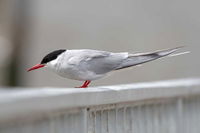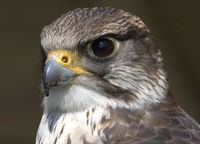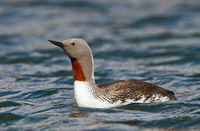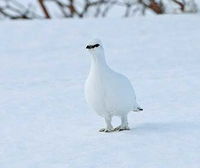
Birds of Greenland Trivia Quiz
Greenland is a large island geographically located in North America but politically part of Denmark. It lies between the North Atlantic Ocean and the Arctic Ocean. It has a number of birds, some visiting and others native. Identify the ten pictured.
by rossian.
Estimated time: 3 mins.









